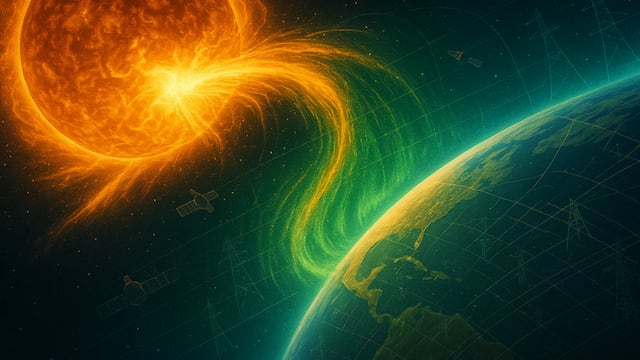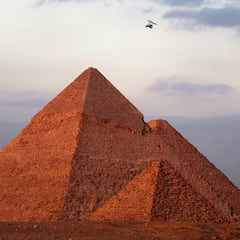It took place over 14,000 years ago, and now is rewriting what we thought the Sun could do.

Kseniia Golubenko, University of Oulu, on a space weather storm: “This event establishes a new worst-case scenario”

When space physicist Kseniia Golubenko and colleagues started poking at a mysterious radiocarbon spike in ancient tree rings from southern France, they were not expecting to meet the god-mode version of the Sun. Yet that is exactly what their new work reveals: a colossal solar storm in about 12,350 BC that now ranks as the strongest known in Earth’s history.
How did tree rings catch biggest ever solar storm?
As the research explains, when the Sun fires a torrent of energetic particles at Earth, it can create extra carbon-14 in the atmosphere. Trees breathe that in and quietly write the event into their annual rings. Researchers already knew about a handful of these ‘Miyake events,’ including a famous one in 775 AD that was considered the benchmark extreme storm.
Golubenko’s team built a new 3D chemistry-climate model, SOCOL:14C-Ex, to follow how that carbon-14 moves through an Ice Age atmosphere: from the polar stratosphere, down through winds, into the trees. When they ran the numbers for the Late-Glacial spike, they found the culprit was an extreme solar particle event slightly stronger than the 775 AD storm, but occurring when Earth’s magnetic field was weaker and carbon dioxide levels were lower, so the carbon-14 signature in the trees looks almost twice as big.
Why does this storm matter now?
As you’re no doubt more than aware, 12,000 years ago no humans were concerned by the idea of losing a satellite. Today, though, we have power grids, GPS, internet cables, aircraft and astronauts all sitting in the firing line.
And while the more recent 2005 storm caught our eye, the team behind the study estimate that the ancient one was hundreds of times more intense. If that was to happen again, experts say it could fry satellites, disrupt global navigation and communications, and deliver dangerous radiation doses in space.
Golubenko calls it a “new worst-case scenario” not because it is likely to happen tomorrow, but because it shows what the Sun is physically capable of. Something that we could all be affected by.
Related stories
Get your game on! Whether you’re into NFL touchdowns, NBA buzzer-beaters, world-class soccer goals, or MLB home runs, our app has it all.
Dive into live coverage, expert insights, breaking news, exclusive videos, and more – plus, stay updated on the latest in current affairs and entertainment. Download now for all-access coverage, right at your fingertips – anytime, anywhere.


Complete your personal details to comment